Home>Garden Essentials>When To Plant Columbine Seeds
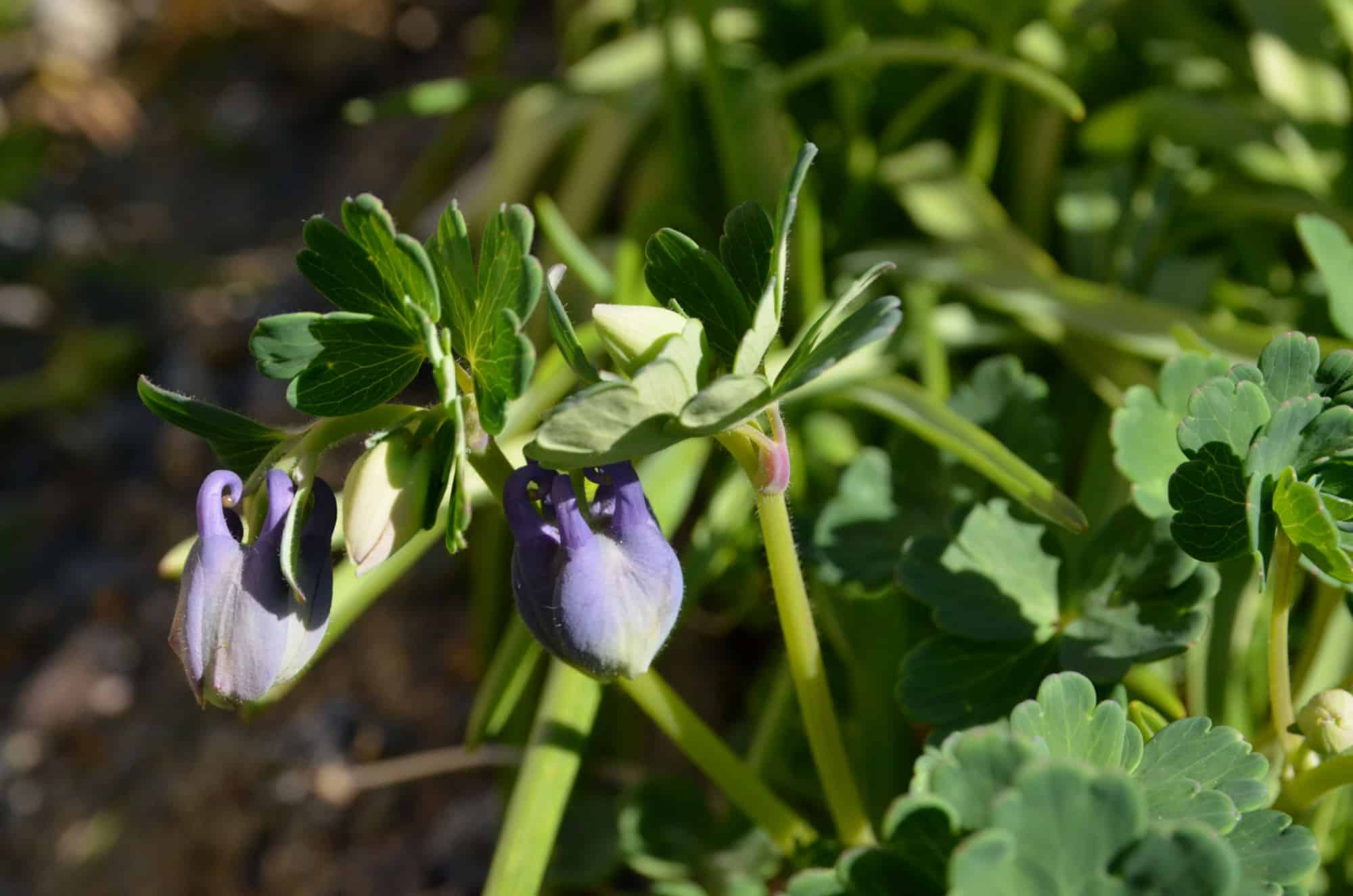

Garden Essentials
When To Plant Columbine Seeds
Modified: March 15, 2024
Looking to create a beautiful garden? Discover the perfect time to plant columbine seeds and enjoy their vibrant blooms in your garden this season.
(Many of the links in this article redirect to a specific reviewed product. Your purchase of these products through affiliate links helps to generate commission for Storables.com, at no extra cost. Learn more)
Introduction
When it comes to adding vibrant and cheerful blooms to your garden, columbine flowers are a fantastic choice. These delicate and unique flowers can add a touch of elegance and whimsy to any garden landscape. Whether you are an experienced gardener or a novice, planting columbine seeds can be a rewarding and enjoyable experience.
In this article, we will guide you through the process of planting columbine seeds, from understanding the seeds to caring for the seedlings. We will also discuss the best time to plant columbine seeds and offer some troubleshooting tips to help you overcome any challenges you may encounter along the way.
Before diving into the planting process, let’s take a closer look at columbine seeds and the factors you should consider before planting them.
Key Takeaways:
- Plant columbine seeds in early spring or late summer for vibrant blooms. Consider climate, soil, and watering needs for successful growth. Embrace the beauty of nature and enjoy gardening!
- Care for columbine seedlings by providing proper watering, light, and fertilization. Troubleshoot common issues like powdery mildew and poor flowering. Create a charming garden display with columbine blooms!
Read more: When Do You Plant Columbine Seeds
Understanding Columbine Seeds
Columbine seeds, also known as Aquilegia, are small, dark-colored seeds that resemble tiny grains. They are the starting point for growing these beautiful and delicate perennial flowers. Columbine plants come in a variety of colors, including shades of purple, blue, pink, yellow, and white, with many hybrids available.
These seeds contain all the genetic information needed to grow into mature columbine plants. They have a hard outer shell that protects the embryo inside, ensuring its viability and survival. Columbine seeds are typically harvested from mature plants or purchased from nurseries and seed suppliers.
It’s important to note that while columbine seeds can be a bit challenging to germinate, they are well worth the effort. Once they sprout, columbine plants are known for their long-lasting blooms and attractive foliage.
Before you start planting columbine seeds, there are a few factors you should take into consideration. Understanding these factors will help you provide the optimal growing conditions for your columbine plants.
First, columbine plants thrive in well-draining soil. They prefer a slightly acidic to neutral pH level and can tolerate a range of soil types, including clay, loam, and sandy soils. Adding organic matter, such as compost or well-rotted manure, can improve soil drainage and fertility.
Second, columbine plants prefer partial shade to full sun. While they can tolerate some shade, too much shade can result in fewer flowers and leggy growth. Place your columbine plants in an area where they will receive at least 4-6 hours of direct sunlight per day.
Lastly, columbine plants are known to be relatively low-maintenance and resistant to pests and diseases. However, they are susceptible to leaf miners, which are small insects that create tunnels in the leaves. Regular inspection and prompt removal of affected leaves can help manage this pest.
Now that we have a better understanding of columbine seeds and the factors to consider, let’s move on to the best time to plant these delightful flowers.
Factors to Consider Before Planting Columbine Seeds
Before you dive into planting columbine seeds, there are a few important factors to consider. By taking these factors into account, you can ensure that your columbine seeds have the best chance of germinating and thriving.
1. Climate: Columbine plants are native to temperate regions, so it’s essential to consider your climate before planting the seeds. They prefer cool summers and mild winters. If you live in a region with hot and humid summers or harsh winters, you may need to provide extra care and protection for your columbine plants.
2. Timing: Knowing the right time to plant columbine seeds is crucial for successful germination and growth. Columbine seeds are best planted in the early spring or late summer. Spring planting allows the seeds to establish themselves before the heat of summer, while fall planting takes advantage of cooler temperatures and winter dormancy to promote strong root development.
3. Preparation: Proper soil preparation is essential for the success of your columbine seeds. The soil should be well-draining with good fertility. Before planting, loosen the soil and remove any weeds or rocks. Incorporate organic matter, such as compost or aged manure, to improve soil structure and fertility.
4. Watering: Columbine seeds require consistent moisture to germinate and establish. Ensure that you provide them with regular but not excessive watering. Keep the soil evenly moist, but avoid waterlogged conditions, as this can lead to root rot.
5. Spacing: Proper spacing is important for allowing air circulation and preventing overcrowding. When planting columbine seeds, leave sufficient space between each seed, following the recommended spacing guidelines based on the specific variety you are planting.
6. Companion Plants: Consider planting your columbine seeds alongside compatible companion plants. Compatible plants can provide shade, support, or attract beneficial insects. Good companion plants for columbine include foxgloves, delphiniums, and hostas.
By considering these factors before planting columbine seeds, you can create the ideal conditions for germination and growth. Now, let’s move on to the next section to discover the best time to plant columbine seeds.
Best Time to Plant Columbine Seeds
The best time to plant columbine seeds depends on your location and climate. Generally, columbine seeds can be planted either in early spring or late summer.
If you choose to plant columbine seeds in the spring, it’s best to start them indoors about 8 to 10 weeks before the last frost date in your area. This allows the seeds to germinate and establish strong roots before being transplanted outdoors. Once the danger of frost has passed, usually in late spring, you can transplant them into your garden or containers.
On the other hand, planting columbine seeds in late summer or early fall is also a viable option. By planting them at this time, you take advantage of cooler temperatures and natural cycles of dormancy. The seeds will remain dormant during the winter months and then germinate and grow once spring arrives.
When planting columbine seeds, it’s important to follow the instructions on the seed packet or the specific variety you are planting. Each variety may have slightly different requirements and recommendations regarding planting depth and spacing.
If you are uncertain about the last frost date in your area or the ideal timing for planting columbine seeds, you can consult your local cooperative extension service or experienced gardeners in your community. They will have valuable insights based on your specific location and climate.
Regardless of the time you choose to plant columbine seeds, ensuring they receive adequate moisture and proper care is critical. Water your newly planted seeds gently and regularly, keeping the soil consistently moist but not waterlogged.
By planting columbine seeds at the appropriate time and providing them with the right care, you can enjoy beautiful blooms and an enchanting addition to your garden landscape.
Now that you know when to plant columbine seeds, let’s move on to the next section to learn the step-by-step process of planting them.
Plant columbine seeds in the early spring or late fall. They prefer cool weather and will germinate best when the soil temperature is around 60°F. Sow the seeds on the surface of the soil and keep them moist until they sprout.
Step-by-Step Guide to Planting Columbine Seeds
Planting columbine seeds requires some careful preparation and attention to detail. Follow these step-by-step instructions to ensure successful seed germination and establish healthy columbine plants in your garden:
- Prepare the soil: Choose a well-draining location with fertile soil. Loosen the soil and remove any weeds or debris. Incorporate organic matter, such as compost or aged manure, to improve soil fertility and structure.
- Choose the planting method: There are two primary methods for planting columbine seeds: direct sowing and starting indoors. Direct sowing involves planting the seeds directly into the garden bed, while starting indoors allows for earlier germination and transplanting.
- If starting indoors:
- Fill seed trays or pots with a well-draining seed-starting mix.
- Sow the columbine seeds on the surface of the soil, gently pressing them in without covering them completely.
- Mist the soil to ensure it is moist but not saturated, and cover the tray or pots with a clear plastic dome or plastic wrap to create a mini greenhouse effect.
- Place the trays or pots in a warm location with indirect sunlight until the seeds germinate, which usually takes about 2 to 3 weeks. Remember to remove the cover once germination occurs.
- Once the seedlings have developed their first true leaves, transplant them into individual pots or into the garden bed.
- If direct sowing:
- Sow the columbine seeds directly into the prepared soil, following the recommended spacing guidelines for the specific variety.
- Lightly press the seeds into the soil surface, ensuring good seed-to-soil contact.
- Water the area gently to settle the soil around the seeds.
- Provide consistent moisture: Water the newly planted seeds regularly to keep the soil consistently moist. Avoid overwatering, as it can lead to seed rot or other issues. Using a spray nozzle or a watering can with a fine spout can help provide a gentle and even distribution of water.
- Monitor and care for the seedlings: Keep an eye on the emerging seedlings and provide them with proper care. Thin out any overcrowded seedlings if necessary to ensure adequate spacing. Protect the seedlings from extreme weather conditions, such as heavy rains or strong winds.
- Transplanting (if applicable): If you started the seeds indoors, transplant the seedlings into their permanent locations once they have developed a strong root system and the danger of frost has passed. Dig a hole slightly larger than the root ball, place the seedling in the hole, and gently backfill with soil. Water thoroughly after transplanting.
- Maintain ongoing care: Continue to provide regular watering, fertilize as needed, and monitor for any signs of pests or diseases. Deadhead spent flowers to encourage continuous blooming and remove any damaged or yellowing foliage.
By following these steps, you can successfully plant columbine seeds and enjoy the beauty of these captivating flowers in your garden. Now, let’s move on to the next section to learn how to care for columbine seedlings as they grow.
Read more: Where Is The Columbine Plant Native To
Caring for Columbine Seedlings
Once your columbine seedlings have emerged and established themselves, it’s essential to provide them with proper care to ensure their healthy growth and development. Here are some key tips for caring for columbine seedlings:
- Watering: Columbine seedlings require regular, consistent moisture to thrive. Water them deeply but gently, ensuring the soil remains evenly moist. Avoid overwatering, as it can lead to root rot. Mulching around the base of the plants can help retain moisture and regulate soil temperature.
- Light and temperature: Columbine plants prefer partial shade to full sun, depending on your climate. Ensure that your seedlings are receiving adequate sunlight each day. If your area experiences hot summers, consider providing some afternoon shade to protect the plants from intense heat. Additionally, columbine plants prefer cool temperatures and can tolerate light frost.
- Fertilization: After the seedlings have established a few sets of true leaves, you can begin fertilizing them to promote healthy growth. Use a balanced, water-soluble fertilizer according to the manufacturer’s instructions. Avoid over-fertilization, as it can lead to excessive foliage growth and fewer blooms.
- Support: As your columbine seedlings grow, some varieties may benefit from support. Tall varieties or those with heavy blooms may need stakes or cages to keep them upright and prevent them from bending or breaking. Install the support system gently to avoid damaging the delicate stems.
- Pruning: Regular pruning helps maintain the shape and appearance of columbine plants. Remove any dead, damaged, or diseased leaves and blooms promptly to prevent the spread of pests and diseases. Additionally, removing spent flowers encourages the plant to produce new blooms and prolongs the flowering period.
- Pest and disease management: While columbine plants are generally resistant to pests and diseases, they may encounter some common issues. Keep an eye out for pests such as aphids or leaf miners and take appropriate measures to manage them. Using organic pest control methods is recommended to protect the beneficial insects that contribute to the overall health of the garden.
- Division and propagation: Over time, columbine plants can become crowded. To maintain healthy growth and prevent overcrowding, it’s beneficial to divide mature plants every few years. Dig up the plant and carefully separate the roots, ensuring that each division has sufficient roots and foliage. Replant the divisions in well-prepared soil and provide them with proper care.
By following these care guidelines, you can nurture your columbine seedlings into strong, blooming plants. Remember that each variety may have specific requirements, so it’s always helpful to research and understand the needs of your specific columbine plants.
Now, let’s explore some common issues that gardeners may encounter when growing columbine and learn how to troubleshoot them.
Common Issues and Troubleshooting
While columbine plants are generally resilient and low-maintenance, they may encounter a few common issues. Here are some potential problems you may face when growing columbine and tips to troubleshoot them:
- Powdery mildew: Powdery mildew is a fungal disease that can affect columbine leaves, appearing as a white powdery coating. To prevent powdery mildew, ensure adequate air circulation by avoiding overcrowding and watering the plants at the base rather than overhead. If powdery mildew does occur, treat it with an appropriate fungicide as recommended.
- Leaf miners: Leaf miners are small insects that create tunnels in columbine leaves. Although they are unsightly, they rarely cause significant damage to the plant’s overall health. If leaf miners are a concern, you can manually remove the affected leaves to control their population.
- Slug and snail damage: Slugs and snails can feed on columbine leaves, causing irregular holes and damage. Use organic slug and snail control methods, such as placing beer traps or using diatomaceous earth, to deter these pests. You can also create barriers, like copper tape or crushed eggshells, to protect the plants.
- Poor flowering: If your columbine plants are not producing as many blooms as expected, it could be due to factors such as inadequate sunlight, overcrowding, or nutrient deficiencies. Ensure your plants are receiving sufficient sunlight, have enough space to grow, and provide them with proper fertilization to promote robust blooming.
- Deer and rabbit damage: Deer and rabbits may find columbine plants quite tasty. Protect your plants by using fencing or repellents that are safe for both animals and the environment.
- Overwatering or root rot: Overwatering can lead to waterlogged soil and root rot. To avoid this, ensure the soil is well-draining and allow the top inch of the soil to dry out between waterings. Adjust your watering schedule as necessary according to your specific climate and weather conditions.
- Drought stress: While columbine plants are relatively drought-tolerant, prolonged periods of drought can stress them and impact their growth. Regularly monitor soil moisture levels and provide supplemental watering during dry spells to keep the plants healthy.
By recognizing and addressing these common issues promptly, you can ensure the health and vitality of your columbine plants. If you encounter any other specific problems, consult with local gardening experts or reputable online resources for further guidance.
Now that you are familiar with troubleshooting common issues, it’s time to wrap up our guide. Let’s conclude and summarize the key points of planting and caring for columbine seeds.
Conclusion
Columbine flowers are a delightful addition to any garden, adding a touch of elegance and whimsy with their vibrant blooms. Planting columbine seeds allows you to enjoy the beauty of these delicate flowers and witness their growth from seed to mature plants.
In this article, we have explored the various aspects of planting columbine seeds. We discussed understanding columbine seeds themselves, including their characteristics and germination requirements. We also highlighted important factors to consider before planting, such as climate, timing, soil preparation, watering, and companion planting.
We then provided a step-by-step guide to planting columbine seeds, with instructions for both starting indoors and direct sowing in the garden. Additionally, we shared valuable tips for caring for columbine seedlings, including proper watering, light and temperature requirements, fertilization, support, pruning, and pest management.
We also addressed common issues that may arise when growing columbine plants, such as powdery mildew, leaf miners, slug and snail damage, poor flowering, deer and rabbit damage, overwatering, root rot, and drought stress. By knowing how to troubleshoot these problems, you can ensure the health and vitality of your columbine plants.
Remember that each variety of columbine may have specific requirements and preferences, so it’s wise to research and understand the needs of your particular plants. Stay observant and be proactive in providing the optimal care for your columbine, and you will be rewarded with abundant blooms and a charming garden display.
Now that you have the knowledge and confidence to plant and care for columbine seeds, it’s time to roll up your sleeves and get gardening. Enjoy the process, embrace the beauty of nature, and create your own haven of columbine blooms.
Happy gardening!
Frequently Asked Questions about When To Plant Columbine Seeds
Was this page helpful?
At Storables.com, we guarantee accurate and reliable information. Our content, validated by Expert Board Contributors, is crafted following stringent Editorial Policies. We're committed to providing you with well-researched, expert-backed insights for all your informational needs.
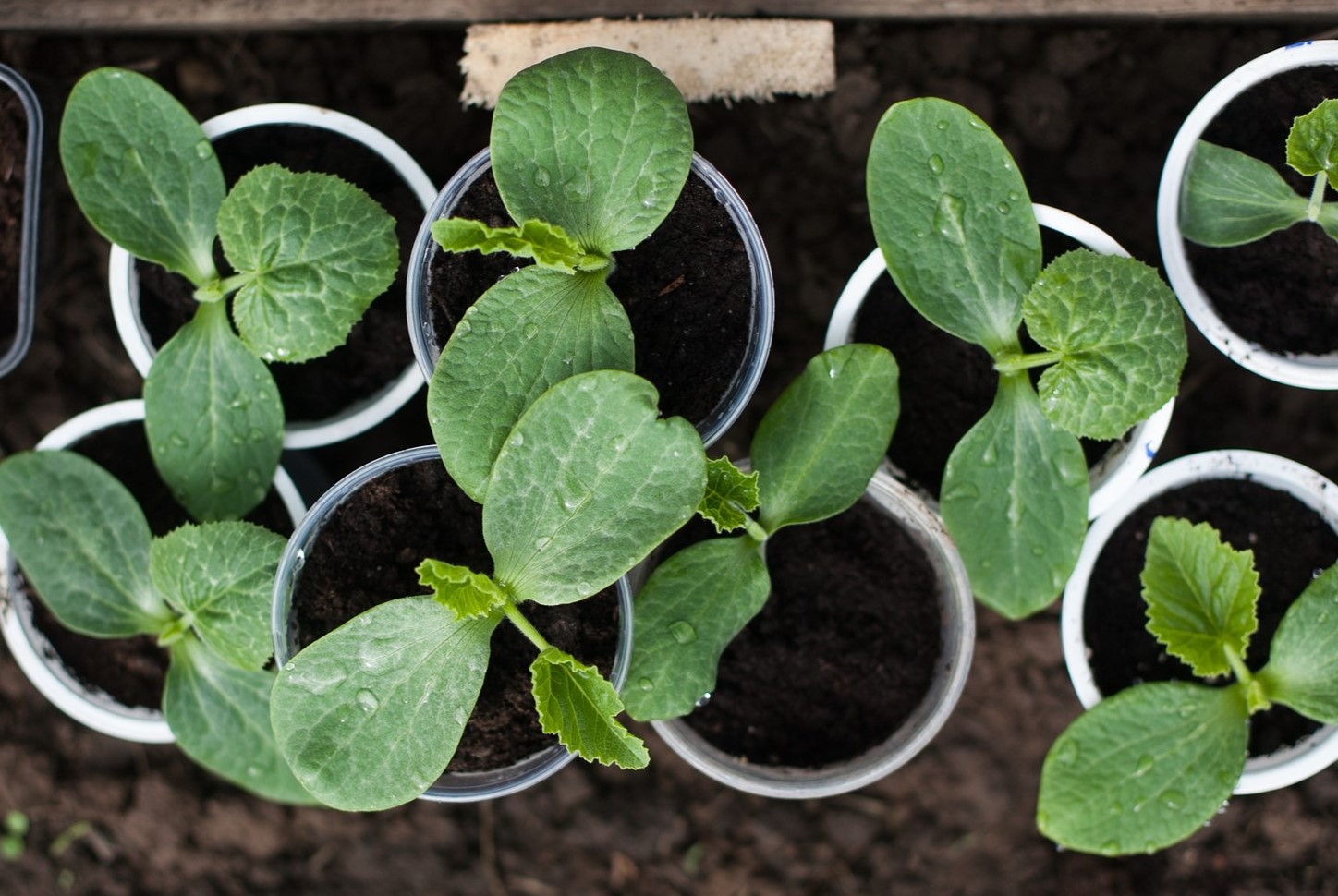
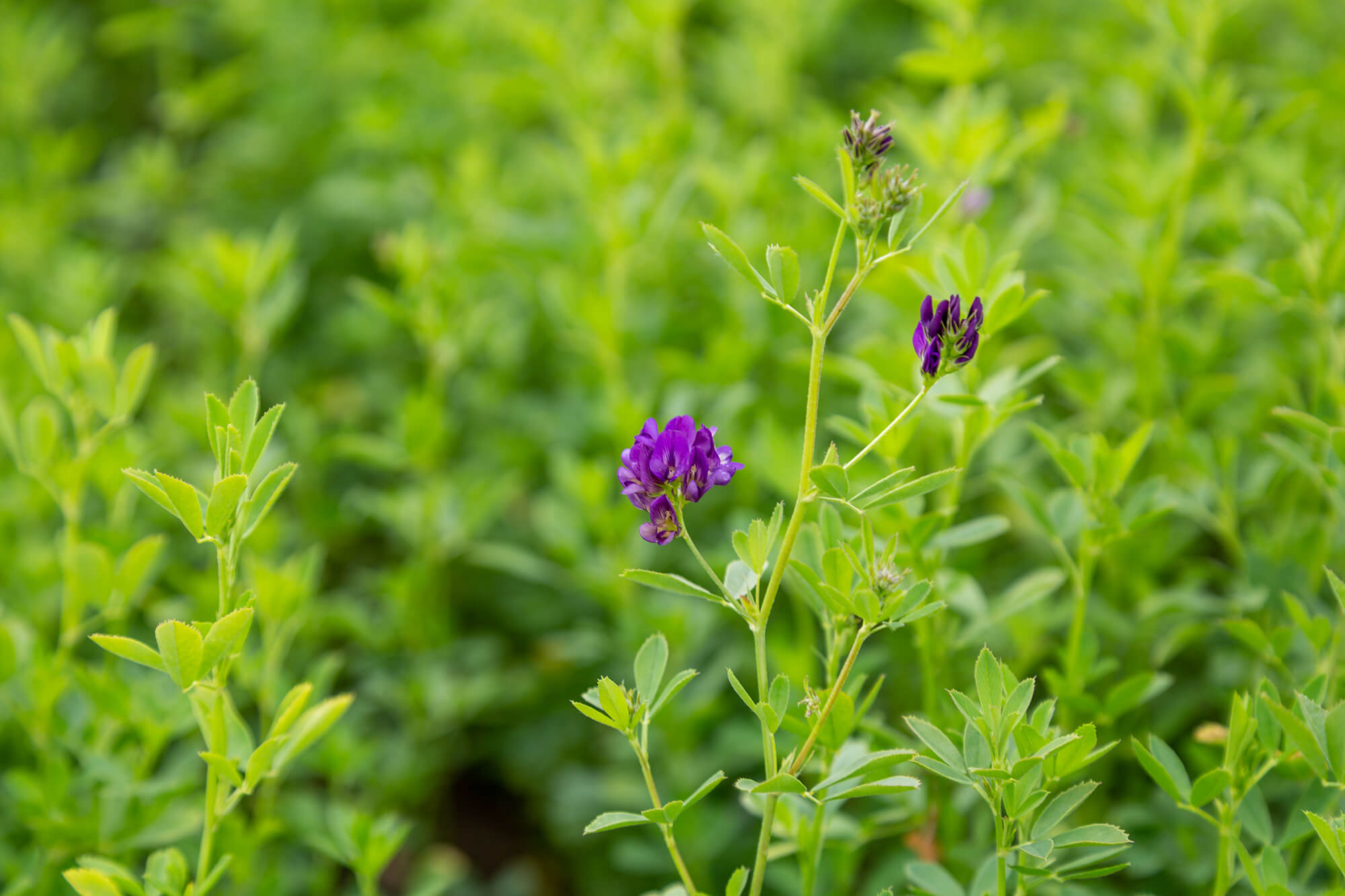

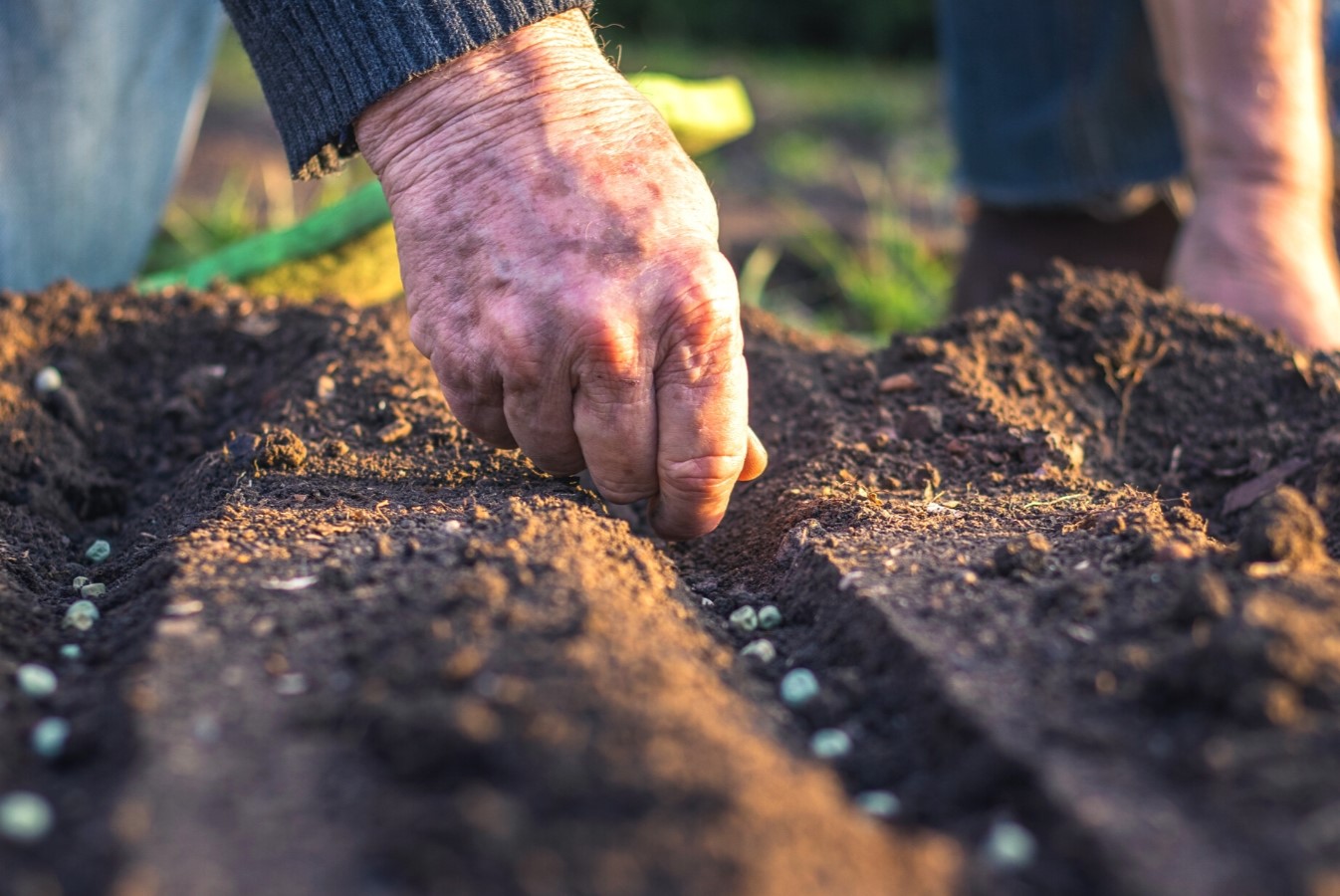
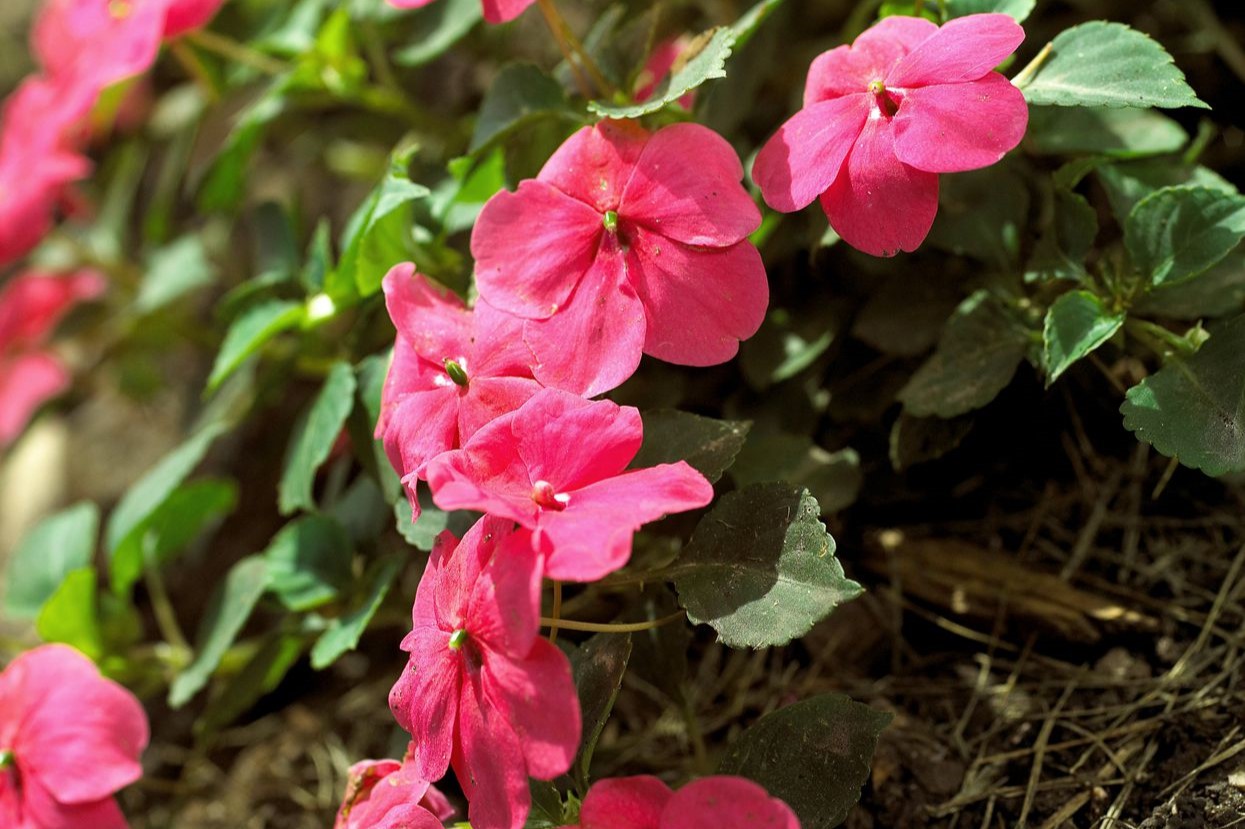
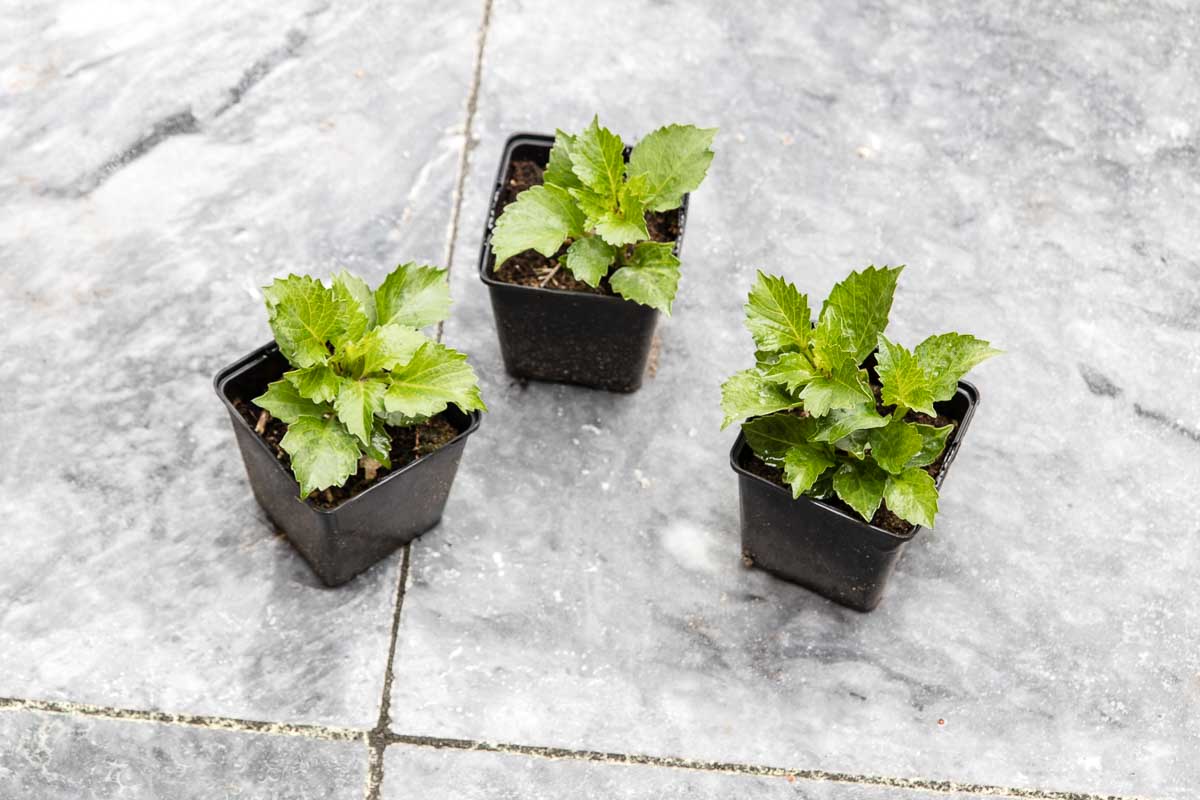
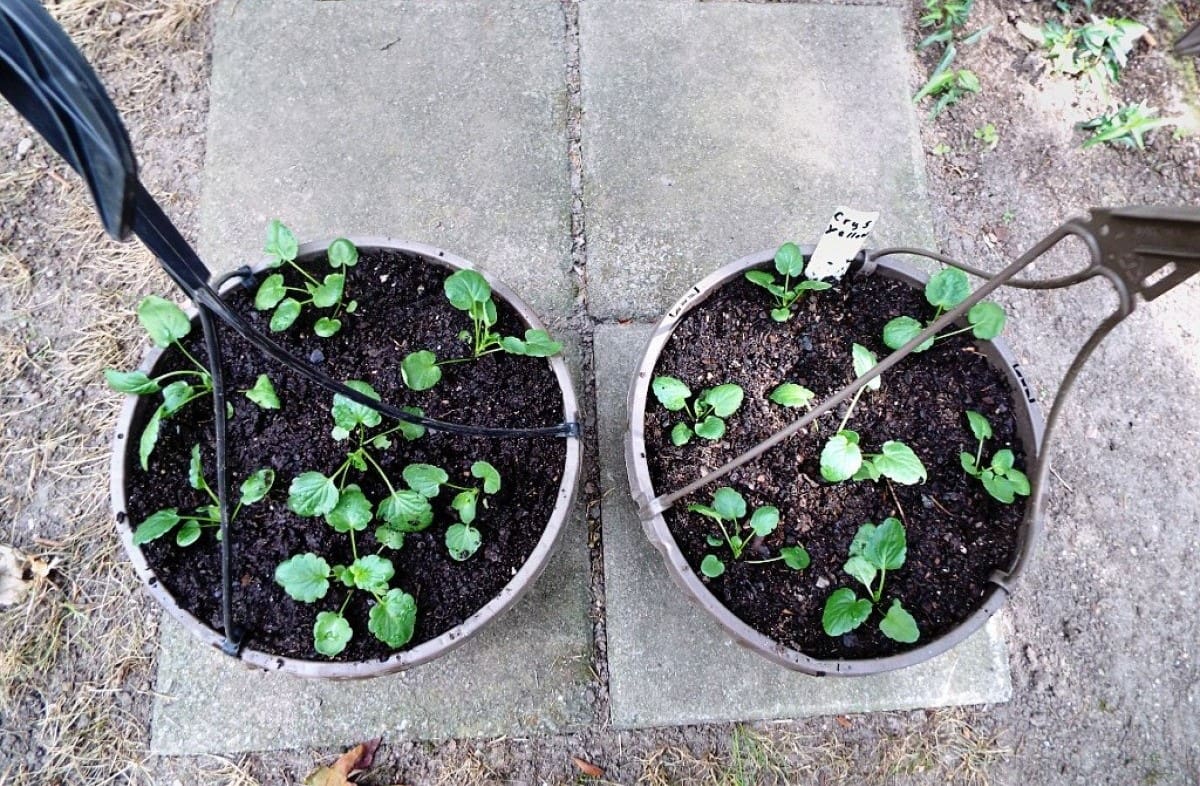
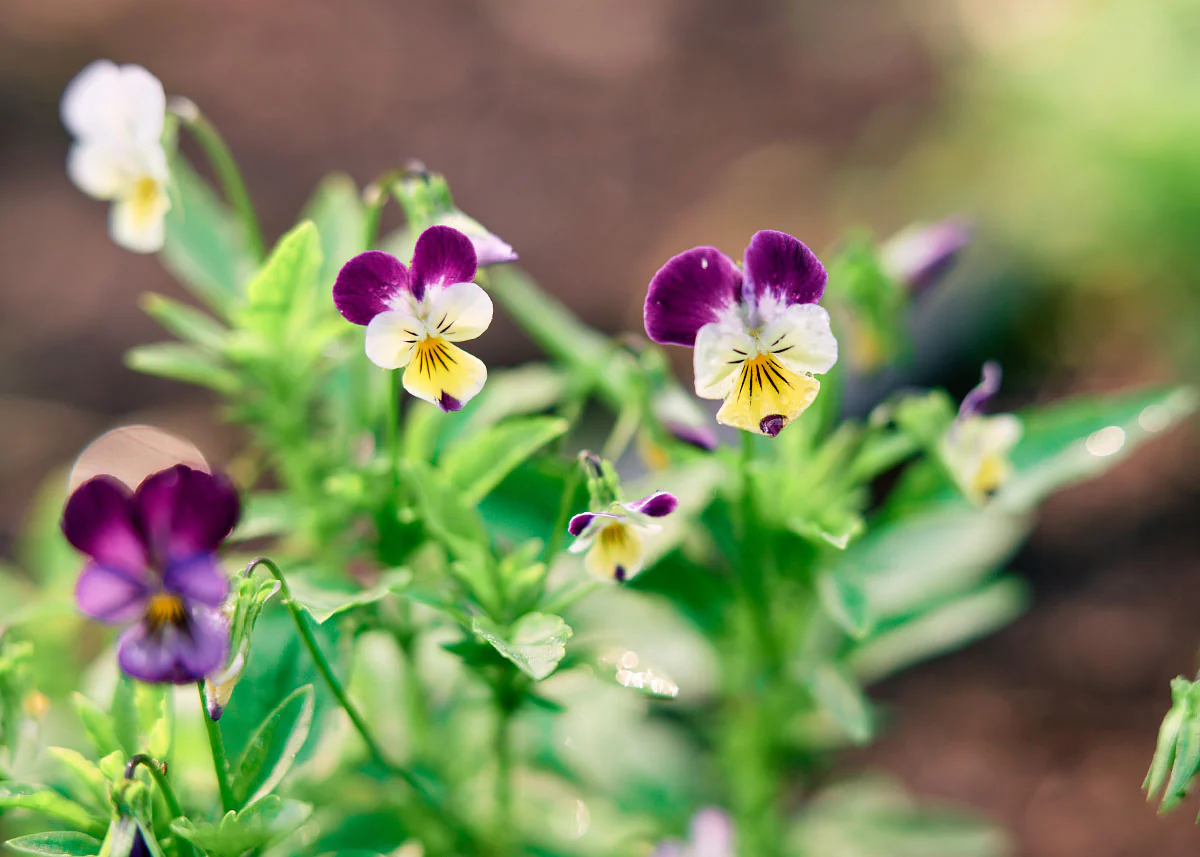
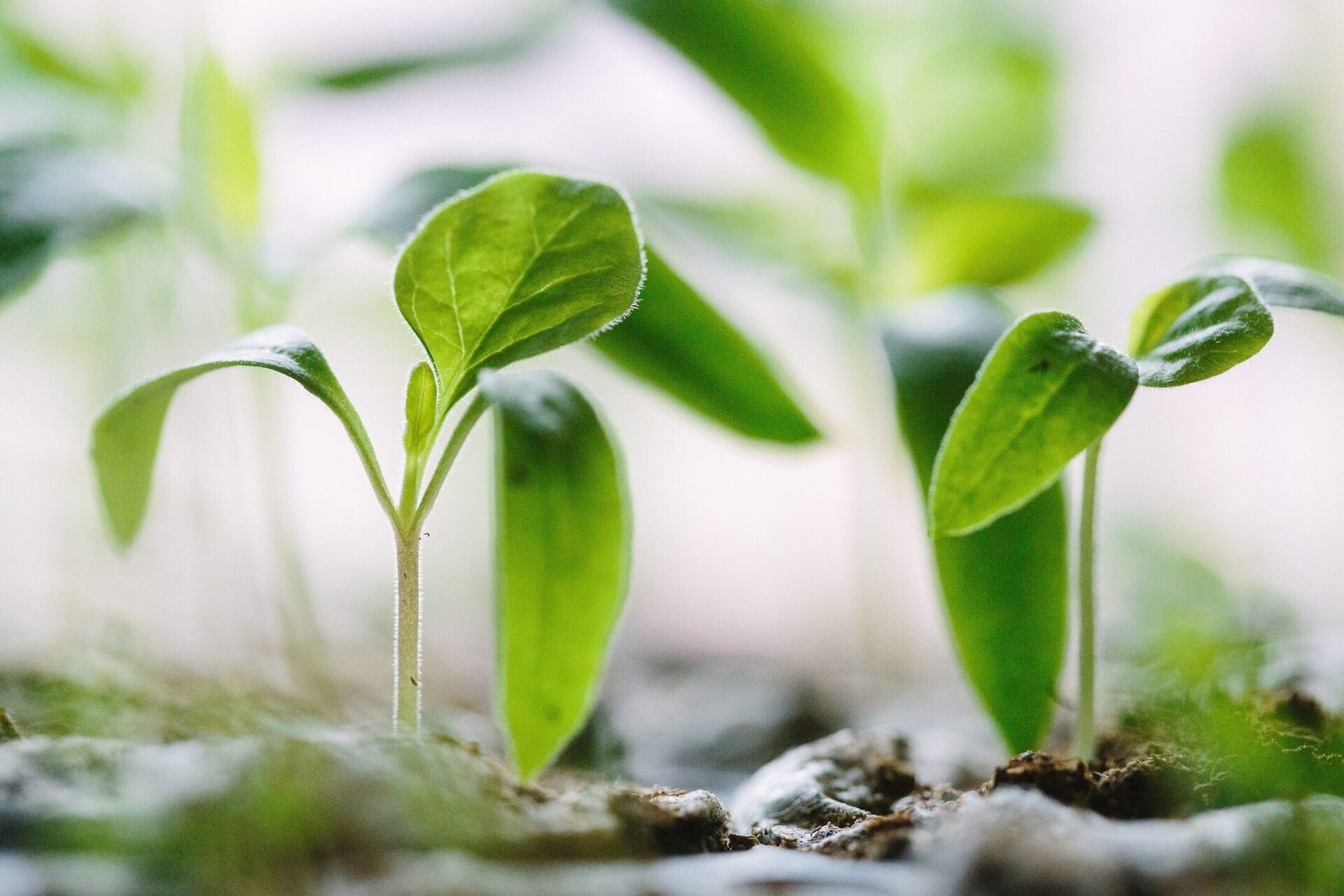
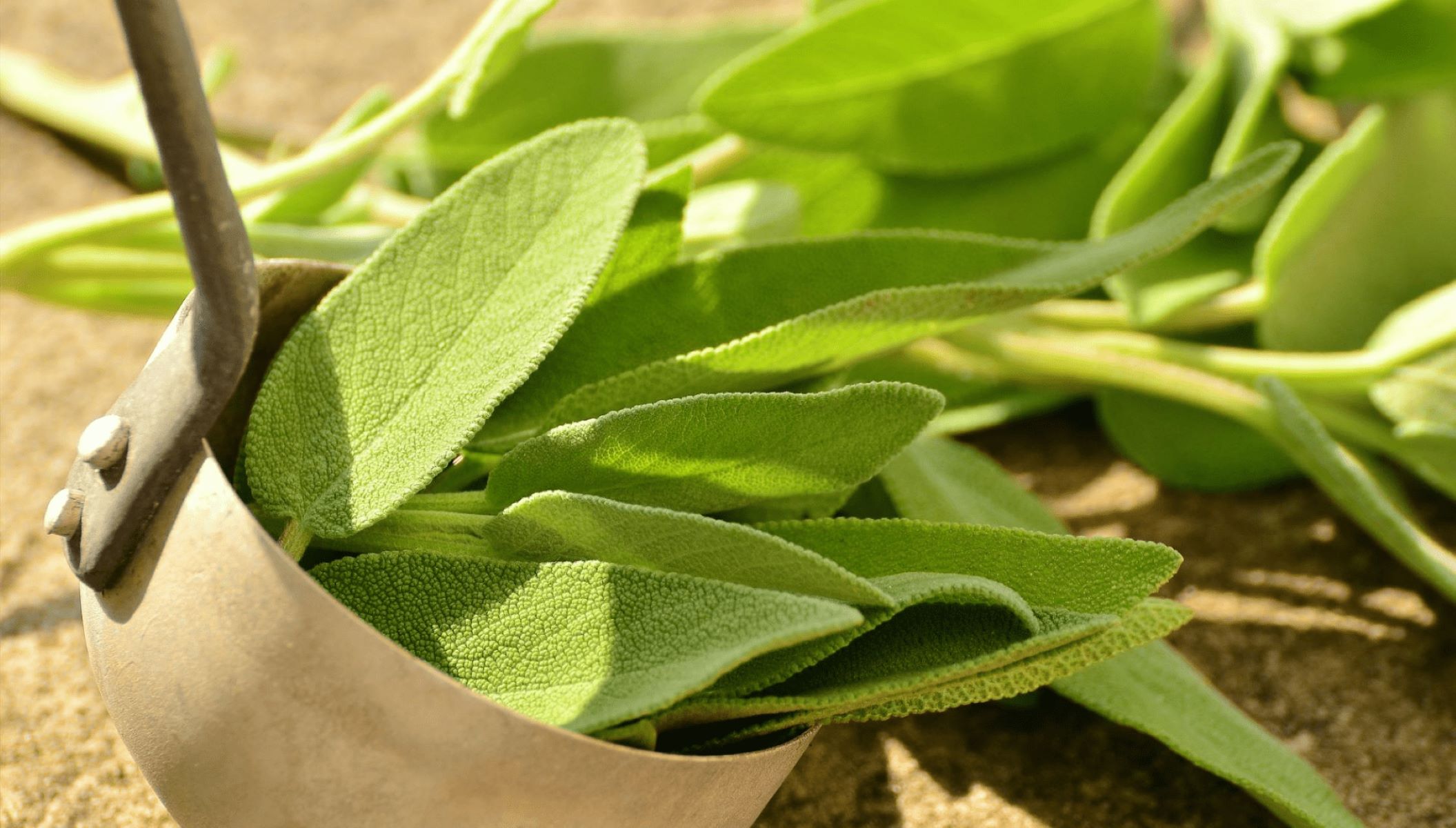
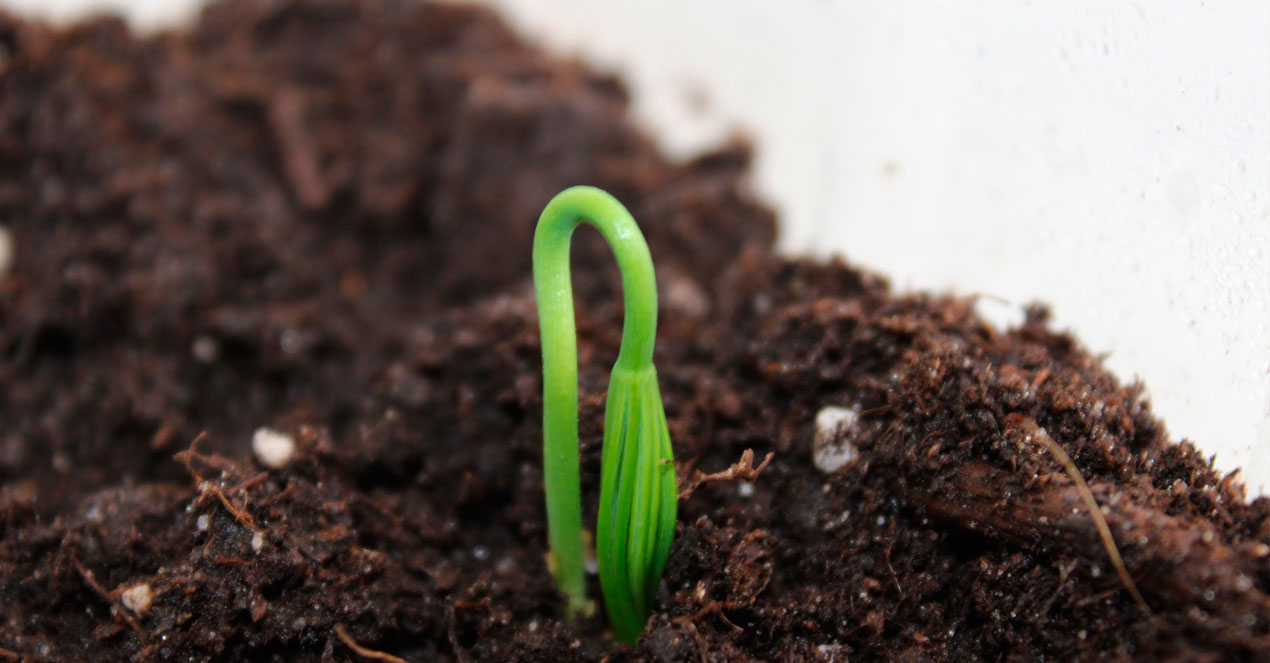
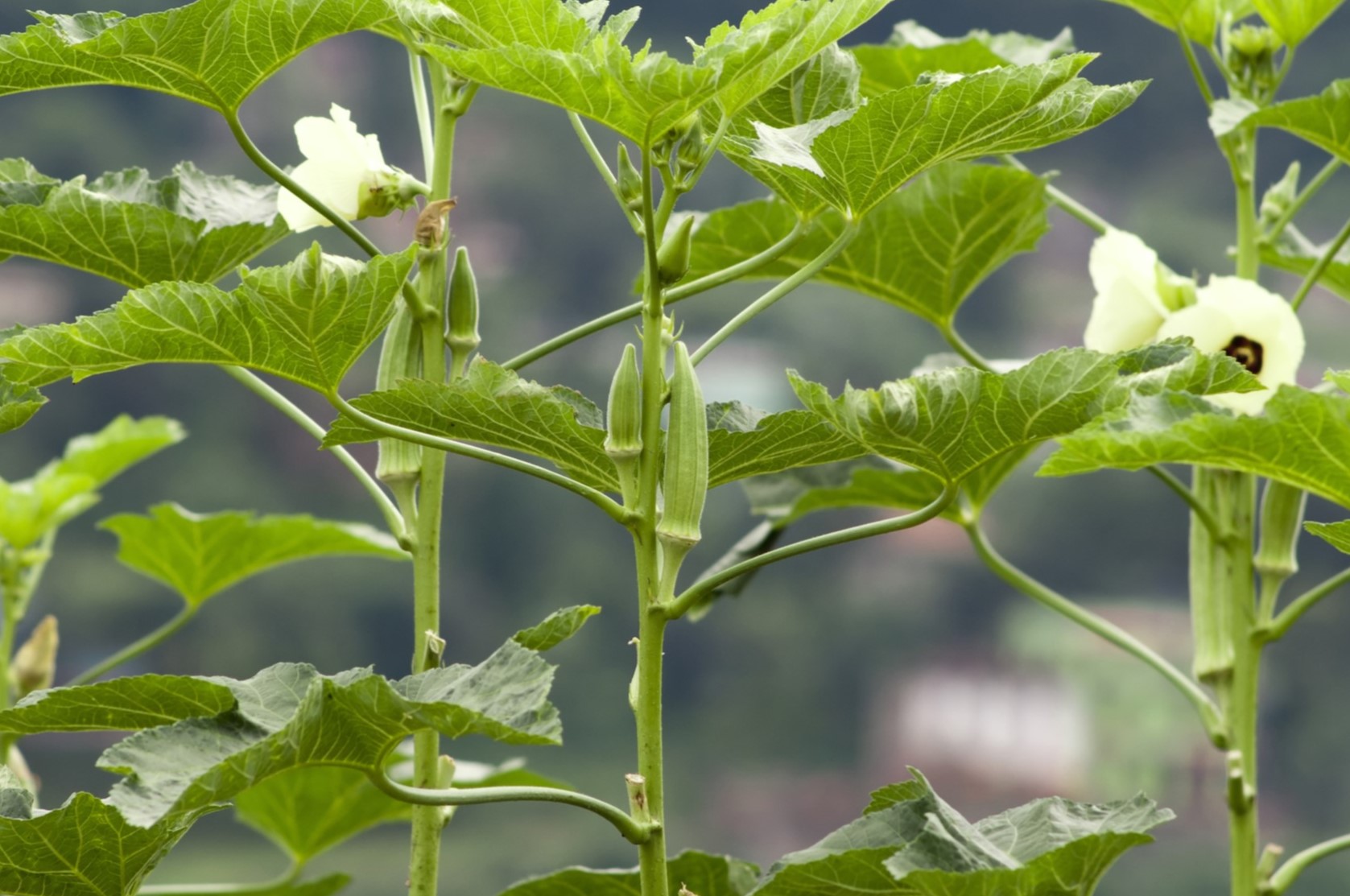
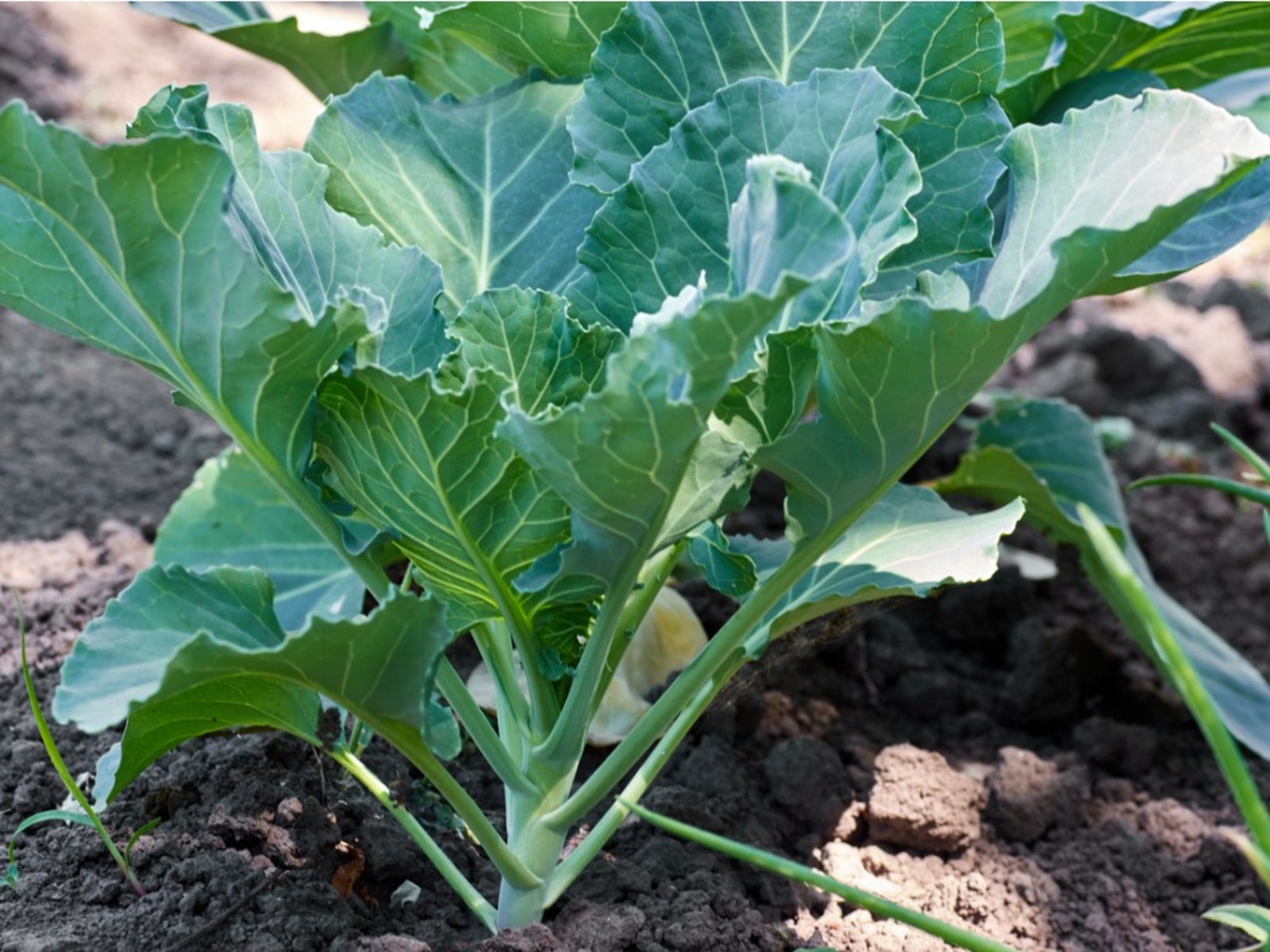
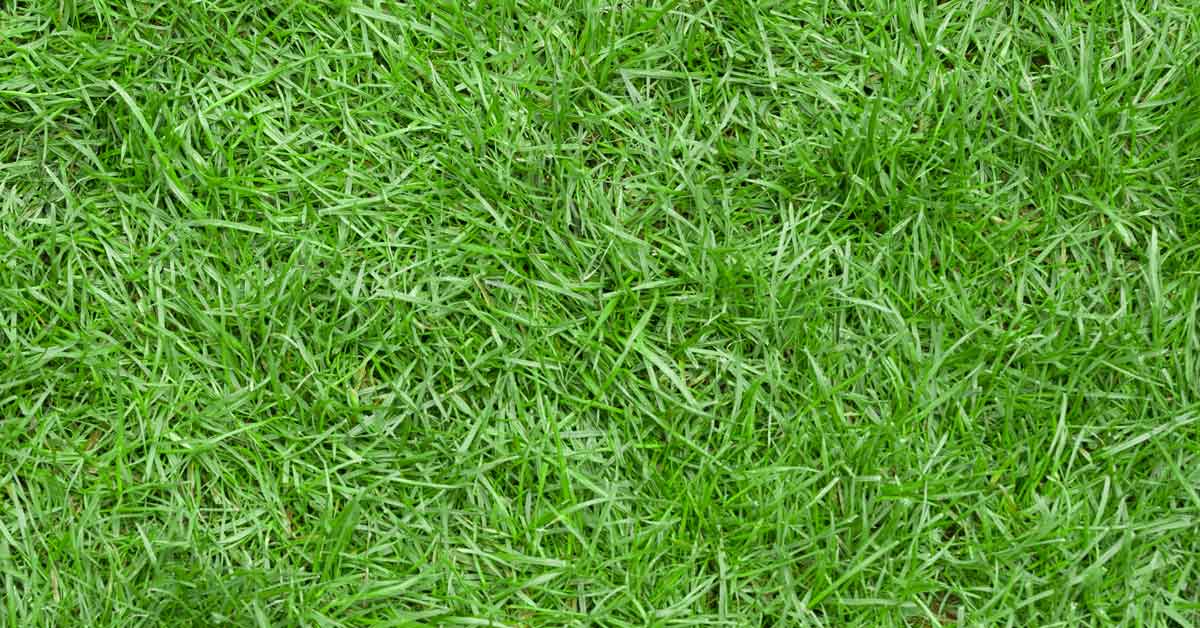

0 thoughts on “When To Plant Columbine Seeds”